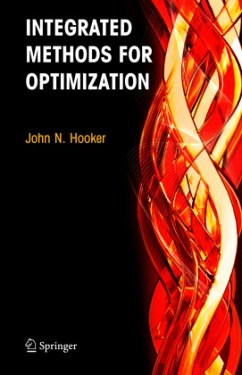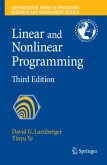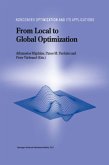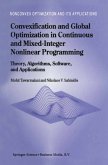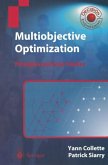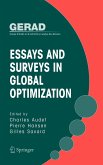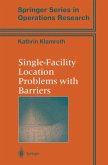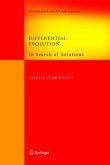Integrated Methods for Optimization integrates the key concepts of Mathematical Programming and Constraint Programming into a unified framework that allows them to be generalized and combined. The unification of MP and CP creates optimization methods that have much greater modeling power, increased computational speed, and a sizeable reduction computational coding. Hence the benefits of this integration are substantial, providing the Applied Sciences with a powerful, high-level modeling solution for optimization problems. As reviewers of the book have noted, this integration along with constraint programming being incorporated into a number of programming languages, brings the field a step closer to being able to simply state a problem and having the computer solve it.
John Hooker is a leading researcher in both the Optimization and Constraint Programming research communities. He has been an instrumental principal for this integration, and over the years, he has givennumerous presentations and tutorials on the integration of these two areas. It is felt by many in the field that the future Optimization courses will increasingly be taught from this integrated framework.
John Hooker is a leading researcher in both the Optimization and Constraint Programming research communities. He has been an instrumental principal for this integration, and over the years, he has givennumerous presentations and tutorials on the integration of these two areas. It is felt by many in the field that the future Optimization courses will increasingly be taught from this integrated framework.
From the reviews of the second edition: "The book amply illustrates the power of combining the strengths of constraint programming, mathematical programming, global optimization, and heuristics by detailing these approaches, by articulating the commonalties among them, and by applying them to a wide range of optimization problems. ... this book covers the field both broadly and with sufficient granularity to provide working software engineers and graduate students with both a firm theoretical grasp of optimization and the software techniques needed to solve real-world problems. I recommend the book without reservation." (Marlin Thomas, ACM Computing Reviews, July, 2012)

